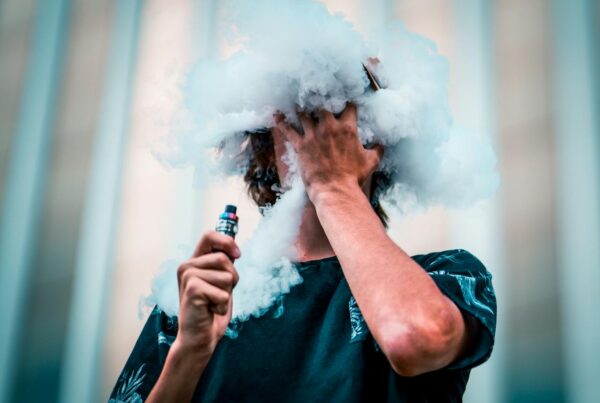It’s a trait that naturally presents itself in only 2% of the population, it can generate its own vitamin D with little sunlight, and it generally requires more anesthesia than other hair colors. Red hair has always been a source of fascination to humanity, especially because it is so scarce. Moreover, redheads age differently than people born with blonde, brown, or black hair, in that red hair does not turn gray, but turns into a soft rose gold instead. Redheads are also more prone to skin cancer and need to be particularly careful when it comes to sun protection.
While this trait reportedly originates in Central Asia, it is strongly linked to the Vikings, who it is believed to have brought to Scotland and Ireland, where there is still the highest number of redheads globally.
So what is the reason for that fiery color?
In the past, one specific gene, called MC1R, was thought to be responsible for the appearance of red hair in people, with versions of this gene passed on from both parents. Then it was discovered that someone can have two versions of MC1R and not be a redhead – therefore this gene could not be the only factor, other genes had to be involved.
The study
Now, following a study published in the journal Nature Communications, it looks like researchers at Edinburgh University have found the answer. After examining DNA from approximately 350 000 individuals – where they were able to compare the genes of blonde, brunette, and black-haired people – the scientists isolated eight previously unidentified genes. In addition, the team examined the functions of these genes, finding that certain types of them work by controlling when MC1R is switched on or off. Prof Ian Jackson, of the medical research council human genetics unit at the university, said: “We were able to use the power of UK Biobank, a huge and unique genetic study of half a million people in Britain, which allowed us to find these effects.”
So if you sport fiery locks or a red beard, you are bound to have those eight genes, including the two variants of the well-known MC1R gene in your DNA.
According to Prof Albert Tenesa, of the university’s Roslin Institute, the team is satisfied with the results of the study. “We are very pleased that this work has unraveled most of the genetic variation contributing to differences in hair color among people.”
With eight genes that were discovered to belong to redheads, the study also shed light on differences in almost 200 genes related to blondes and brunettes.
As the Scots say, “Ruadh gu brath!“
In light of the nature of the notice given to redheads historically, this study aims to explain the nature of a trait that is an immediate attention-grabber. History is rife with stories surrounding redheads, and the myths and superstitions following the trait are legions. Today, redheads still encounter a degree of prejudice. In childhood, they are often bullied and teased for their unique trait, which is often accompanied by light skin and freckles. Later in life, however, these changes, and especially redheaded women, encounter a more positive side of this attention, and the way they age is certainly to be envied.
In a story that embodies the attention that follows the fiery locks, in 1865, the pre-Raphaelite poet and painter Dante Gabriel Rossetti jumped out of a hansom cab in London to pursue a beautiful woman he wanted to model for him. Today, different days are celebrated throughout the year in different countries, all of which are a celebration of the world’s 2% who have those unique genes.



![women [longevity live]](https://longevitylive.com/wp-content/uploads/2020/01/photo-of-women-walking-down-the-street-1116984-100x100.jpg)










